I need to make a lookup between two tables T1(A,B,C) and T2(A,B,C,D,E) on column C to get all column B values that are matching :
T1 :
T2 :
When I choose Full cache Mode I get only the first matching row (I'm only interested by column B values): 12122 but I need to get also 12123 and 12124 because C matches also with these rows.
I've tried to use Partial and no cache modes by using custom query with inner join (which returns all needed rows when executing the query in SSMS) but doesn't return all rows and it's killing performence.
I've tried also the solution proposed here :
How to get unmatched data between two sources in SSIS Data Flow?
And it gives the same results as lookup plus, I need to redirect unmatched rows to new table.

